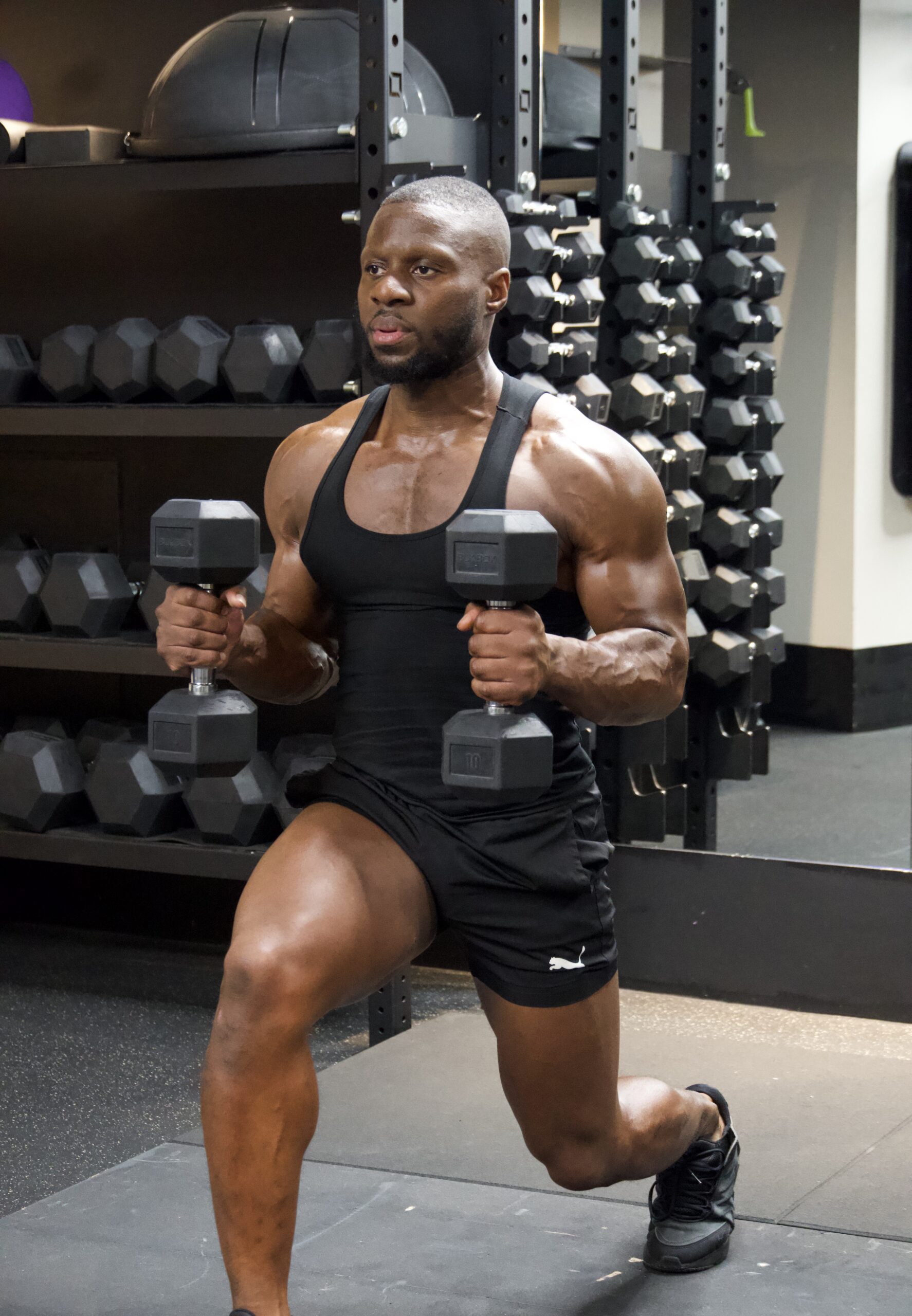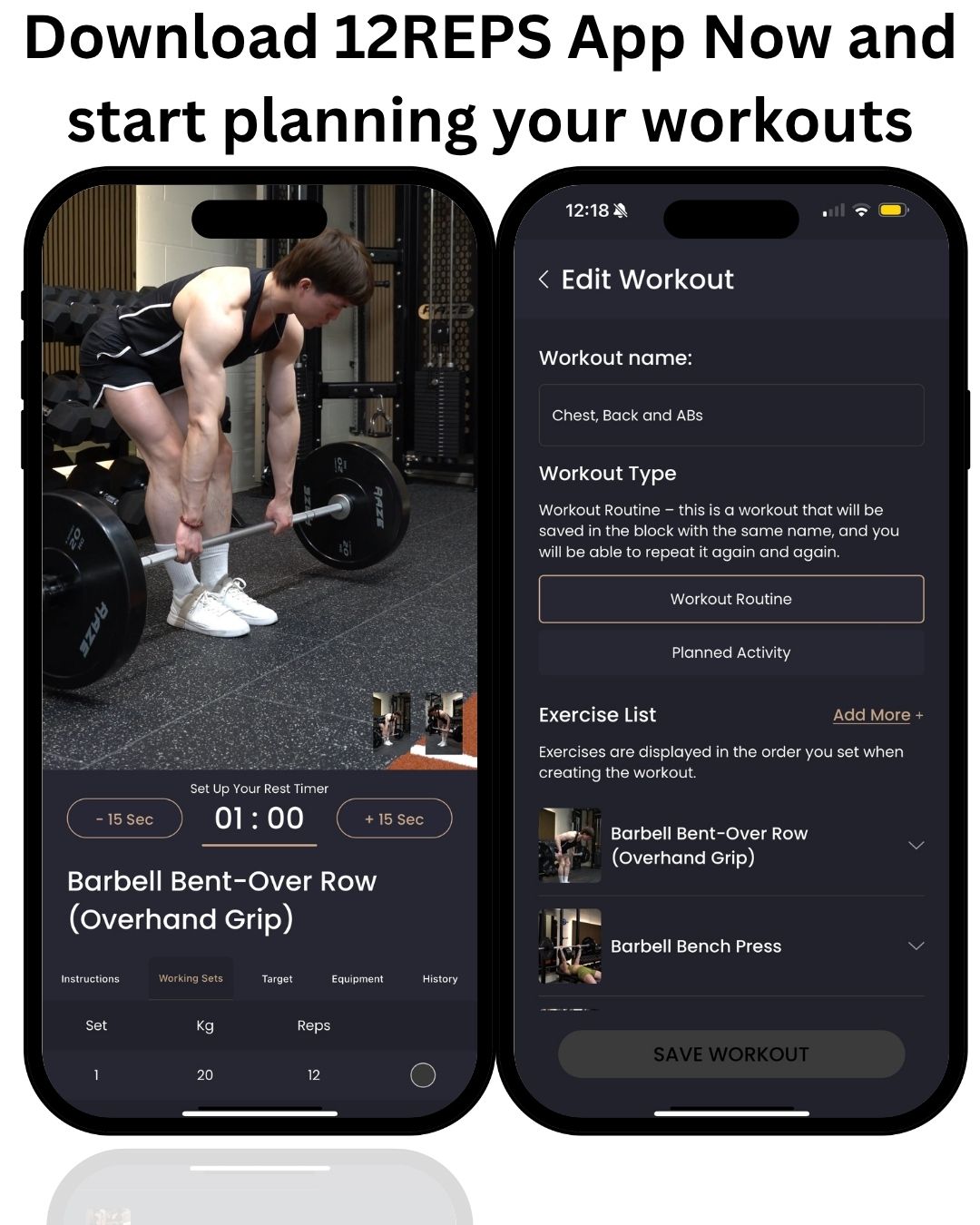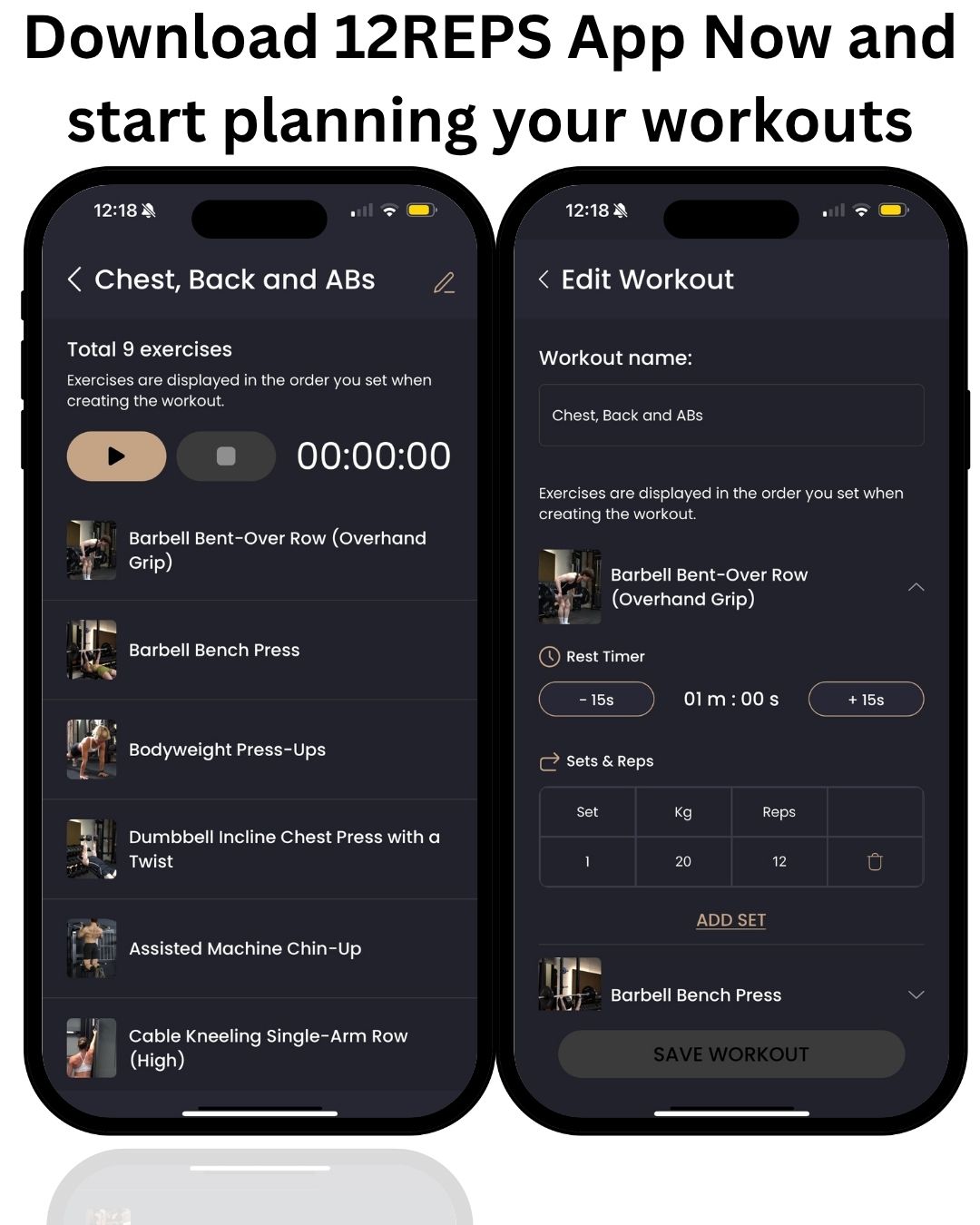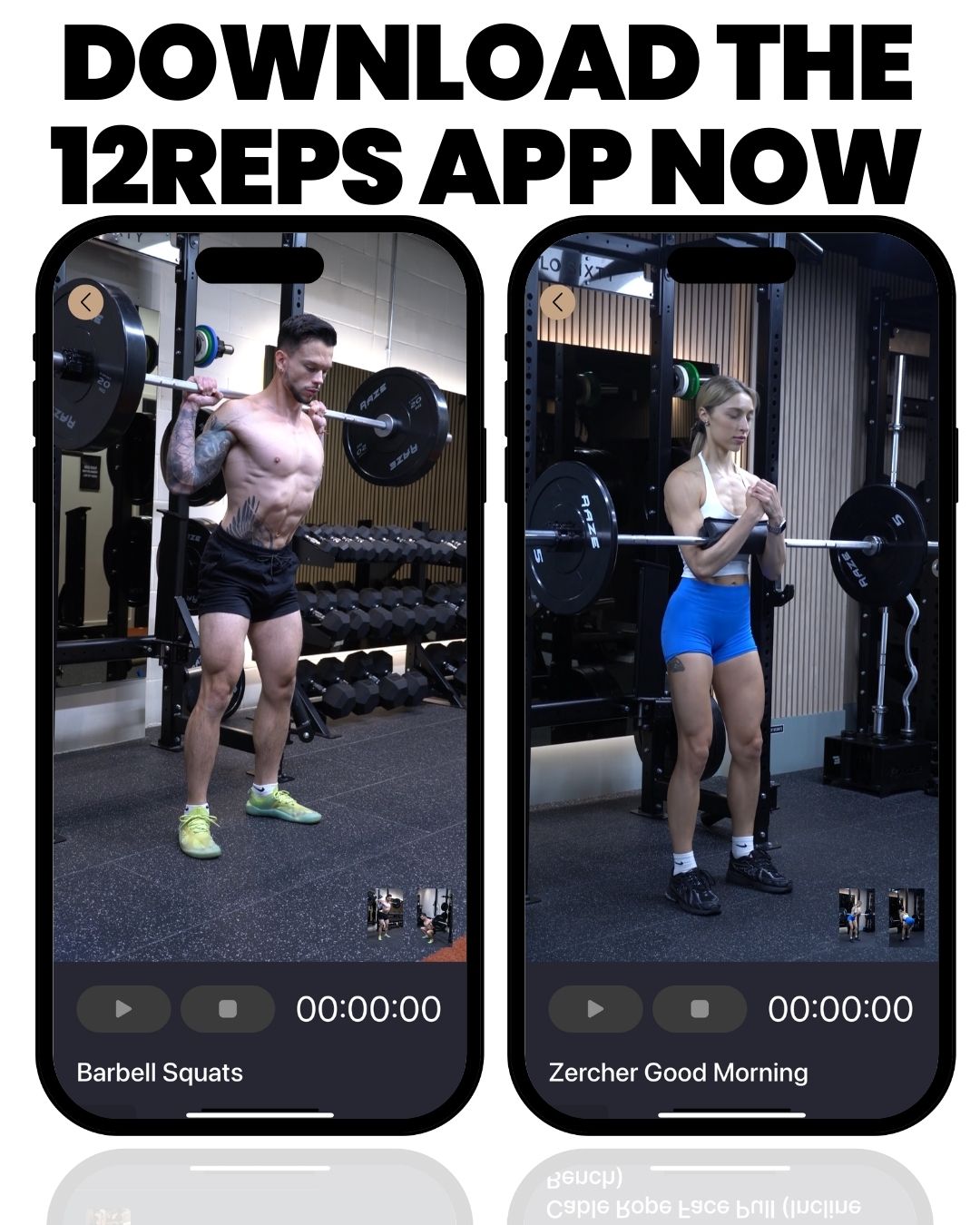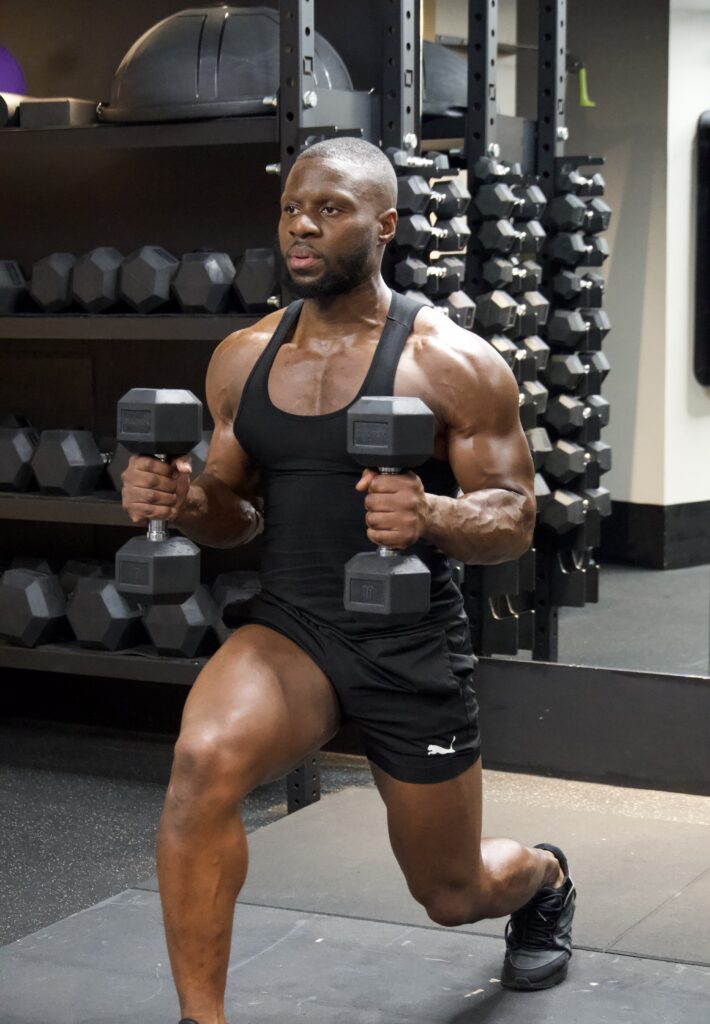By Will Duru, BSc (Hons) Sport and Exercise Science, Award-winning Personal Trainer with over 10 years of experience in strength training and optimising recovery
Over my 10+ years as a personal trainer, I’ve heard it all. “I’m too old to start lifting.” “I don’t want to get bulky.” “I don’t have time.” But the most common thing I hear is a simple, honest question: “Where do I even begin?” My name is Will Duru, and I’m here to tell you that strength training is the single most powerful investment you can make in your health, and it’s never too late to start.
I’ve seen men in their 40s and 50s build more muscle than they had in their 20s. I’ve seen skinny guys who could barely lift a dumbbell transform into strong, confident men. I’ve seen men lose 10, 20, even 30kg of body fat and completely change their lives. Strength training isn’t just about building a better body; it’s about building a better life, more energy, better focus, and the confidence to tackle any challenge.
This guide is the conversation I have with every new client. It’s a comprehensive, no-nonsense Q&A to answer the 30 most common questions men have about strength training. Whether you’re a complete beginner or looking to take your results to the next level, this is your ultimate resource.

Why Strength Training Changes Everything
Before we dive into the questions, let me share why strength training is so transformative. In our modern world, we’ve become increasingly sedentary. We sit at desks, drive cars, and live lives that require minimal physical strength. But our bodies were designed to move, lift, carry, and be strong. When we neglect this fundamental aspect of our biology, we pay the price in terms of lost muscle mass, decreased bone density, a slower metabolism, and a reduced quality of life.
Strength training reverses all of this. It’s not just about looking good (though that’s a nice bonus). It’s about feeling powerful, confident, and capable. It’s about having the energy to play with your kids, the strength to help a friend move, and the resilience to age gracefully. It’s about longevity in the truest sense, not just living longer, but living better.
The science is clear: men who engage in regular strength training have lower rates of heart disease, diabetes, and depression. They have stronger bones, better balance, and improved cognitive function. They sleep better, have more energy, and report higher levels of life satisfaction. This isn’t just correlation, it’s causation. Strength training literally changes your body at the cellular level, improving everything from your hormone profile to your insulin sensitivity.
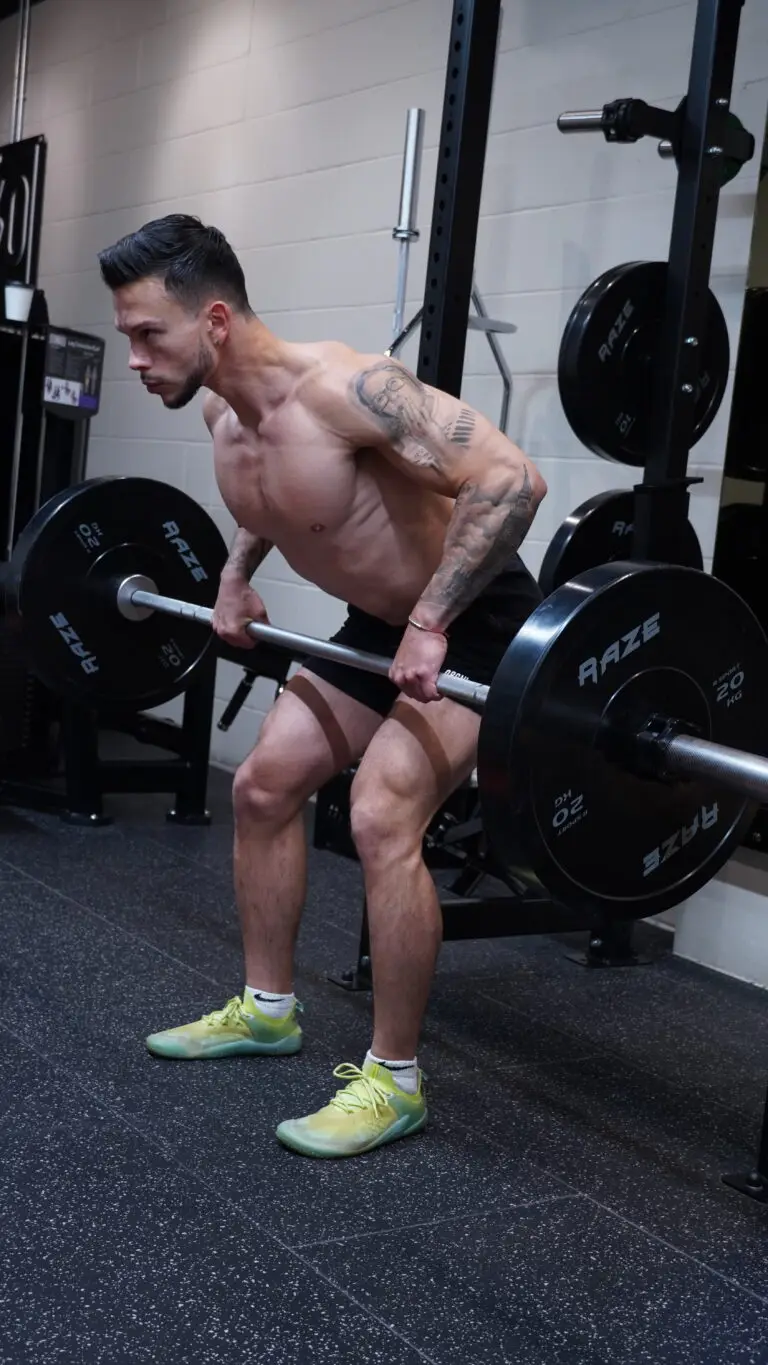
The Ultimate Strength Training Q&A
Beginner’s Corner: Getting Started
- I’m a complete beginner. Where do I start?
Starting your strength training journey can feel overwhelming, but it doesn’t have to be. The key is to focus on the fundamental movement patterns that form the foundation of all human movement: squat, hinge (like a deadlift), push, pull, and carry. These patterns are hardwired into our DNA and form the basis of every effective strength program.
Begin with bodyweight exercises to master these patterns. Can you perform a perfect bodyweight squat? Can you do a proper push-up? These movements teach your body how to move correctly before adding external load. Once you’ve mastered the basics, progress to light weights, dumbbells, kettlebells, or resistance bands, as they are perfect starting points.
The most important thing is to start somewhere. Don’t wait for the “perfect” program or the “right” time. Your body will thank you for taking that first step, no matter how small it seems.
- How often should I work out?
For beginners, 3 days a week is the golden standard. This frequency provides the perfect balance between stimulus and recovery. Your muscles grow during rest, not during the workout itself. When you lift weights, you create microscopic tears in your muscle fibers. During the recovery period, your body repairs these tears, making the muscle stronger and larger than before.
Training more frequently as a beginner can often lead to overtraining, poor recovery, and an increased risk of injury. As you become more advanced (after 6-12 months of consistent training), you can consider increasing frequency to 4-5 days per week. However, remember that consistency beats intensity every time. Three quality workouts per week for a year will trump six sporadic workouts per month.
- How long should my workouts be?
Quality trumps quantity every time. A focused 45-60 minute workout is far superior to a 2-hour session where you’re scrolling through your phone between sets. Your workout should include a 10- to 15-minute warm-up, 30- to 40 minutes of strength training, and 5- to 10 minutes of cool-down and stretching.
If you’re spending more than an hour in the gym, you’re either resting too long between sets, doing too many exercises, or not training with enough intensity. Remember, the goal is to stimulate muscle growth and strength gains, not to exhaust yourself to the point of exhaustion.
- What are the best exercises for beginners?
Compound exercises are your best friend as a beginner. These movements work multiple muscle groups simultaneously, giving you the most bang for your buck. They also teach your body to work as a coordinated unit, which translates to better real-world strength and functionality.
The “Big Five” compound movements every beginner should master are:
Squats teach you to use your legs and glutes properly while maintaining a strong core. Start with bodyweight squats, progress to goblet squats with a dumbbell, and eventually to more advanced variations.
Deadlifts are perhaps the most functional exercise you can do. They teach you how to lift objects from the ground safely and effectively. Begin with kettlebell or dumbbell deadlifts before progressing to heavier variations.
Push-ups build upper body strength and teach proper pushing mechanics. If you can’t do a full push-up, start on your knees or against a wall and work your way up.
Rows balance out all the pushing we do in daily life and help improve posture. Dumbbell rows, TRX rows, or resistance band rows are all excellent options.
Overhead Press builds shoulder strength and stability while challenging your core. Start with light dumbbells and focus on perfect form
- Do I need a gym membership?
Absolutely not. Some of the strongest, most capable people I know train exclusively at home. You can build incredible strength and muscle using just your bodyweight, a set of dumbbells, or a few kettlebells. The key principles of strength training —progressive overload, consistency, and proper form —can be applied anywhere.
That said, gyms do offer advantages, including a wider variety of equipment, heavier weights, and sometimes the motivation that comes from being around other people working toward similar goals. But don’t let the lack of a gym membership be an excuse not to start. Your living room can be your gym, and your body can be your first piece of equipment.
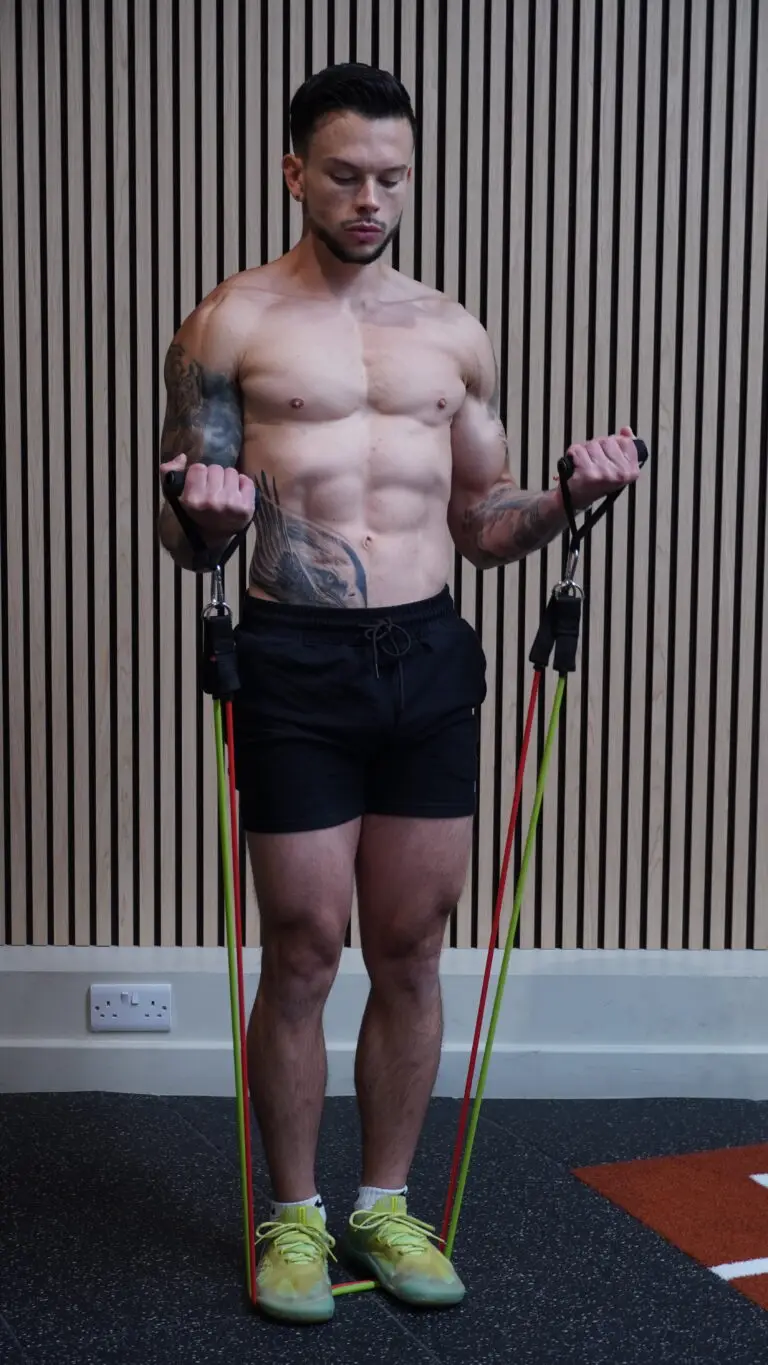
The Science of Muscle: How It All Works
6. What is a “rep” and a “set”?
A rep (repetition) is one complete motion of an exercise. A set is a group of consecutive reps. For example, 3 sets of 10 reps means you perform 10 reps, rest, and repeat that two more times.
- What is a warm-up set vs. a working set?
A warm-up set is a light set performed before your main lifts to prepare your muscles and joints for the heavier weight to come. A working set is a set performed at your target weight and intensity for that exercise.
- What rep range builds strength and size?
For pure strength, the 1-5 rep range with heavy weight is most effective. For a combination of strength and size (hypertrophy), the 6-12 rep range is the classic recommendation.
- What rep range builds lean, dense muscle?
Recent research indicates that you can effectively build muscle in a wide range of rep ranges (from 5 to 30), as long as you train close to failure [1]. However, for that “dense” look, focusing on the 6-10 rep range with heavy, compound lifts is a fantastic strategy.
- What is hypertrophy?
Hypertrophy is the scientific term for the growth and enlargement of muscle cells. This is the primary goal for anyone looking to build muscle.
- What is 1RM?
1RM stands for “one-repetition maximum.” It’s the heaviest weight you can lift for a single repetition with proper form. It’s often used to calculate the appropriate weight for different training goals.
- What is training to failure?
Training to failure means performing reps until you can no longer complete another one with good form. It’s an advanced technique that can be effective for muscle growth but should be used sparingly to avoid overtraining.
Advanced Training Techniques
- What are supersets?
Supersets involve performing two different exercises back-to-back with no rest in between. This is a great way to increase workout intensity and save time.
- What are trisets?
Trisets are similar to supersets, but you perform three different exercises consecutively without rest.
- What are giant sets?
Giant sets take it a step further, involving four or more exercises performed back-to-back. These are extremely demanding and best for advanced lifters.
- What are dropsets?
Dropsets are an intensity technique where you perform a set to failure, immediately reduce the weight, and continue to perform more reps until you reach failure again.
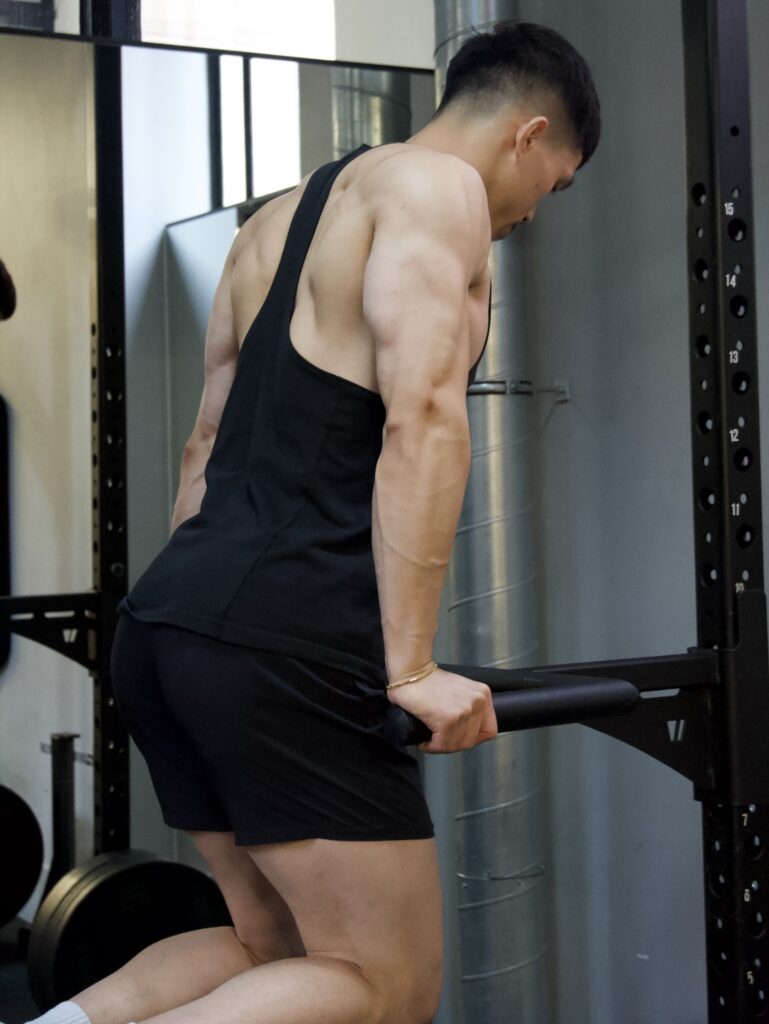
- Can I build muscle and lose fat at the same time?
Yes, especially if you’re a beginner. This is referred to as “body recomposition.” It requires a high-protein diet and a consistent strength training routine. For more advanced lifters, it’s often more effective to focus on one goal at a time (a dedicated “building” or “cutting” phase).
- How much protein do I need to build muscle?
Aim for 1.6-2.2 grams of protein per kilogram of body weight. If you’re a 90kg man, that’s about 144-198 grams of protein per day.
- Do carbs make you fat?
No. Excess calories make you fat. Carbohydrates are your body’s primary energy source and are crucial for fueling your workouts. Focus on quality, complex carbs like oats, brown rice, and sweet potatoes.
- How do I lose weight without losing muscle?
To lose fat while preserving muscle, you need to do two things: eat in a moderate calorie deficit (approximately 300-500 calories below your maintenance level) and maintain a high protein intake.
- What supplements should I take?
For most people, the only supplements worth considering are:
- Protein Powder: A convenient way to hit your protein goals.
- Creatine Monohydrate: The most researched supplement for improving strength and power.
Common Myths & Mistakes
- Do I need to feel sore after every workout?
No. Soreness (DOMS) is not an indicator of a good workout. It simply means you’ve introduced a new stimulus to your muscles. As you get more consistent, you’ll likely feel less sore.
- Is cardio or strength training better for fat loss?
Both are important, but strength training is the king of long-term fat loss. Building muscle increases your resting metabolism, meaning you burn more calories 24/7. Use cardio as a tool to supplement your strength training and improve heart health.
- Will lifting weights make me “muscle-bound” and inflexible?
No. In fact, when performed through a full range of motion, strength training can improve your flexibility and mobility.
- Do I need to lift heavy to build muscle?
While lifting heavy is a great way to build strength, you can still build muscle with lighter weights and higher reps, as long as you train close to failure.
- What’s the biggest mistake beginners make?
The biggest mistake is a lack of consistency. Results don’t come from one perfect workout; they come from showing up consistently, week after week, and putting in the work. The second biggest mistake is not using a structured plan. That’s where the 12reps app becomes your secret weapon.

Your Journey Starts Now
Strength training is a journey, not a destination. It’s about becoming 1% better every day. It’s about the discipline, the confidence, and the incredible feeling of knowing you are in control of your own health and strength.
This guide has given you the knowledge. Now, it’s time for action. Download the 12reps app, start your 7-day free trial, and take the first step on the most rewarding journey of your life. Your strongest self is waiting.
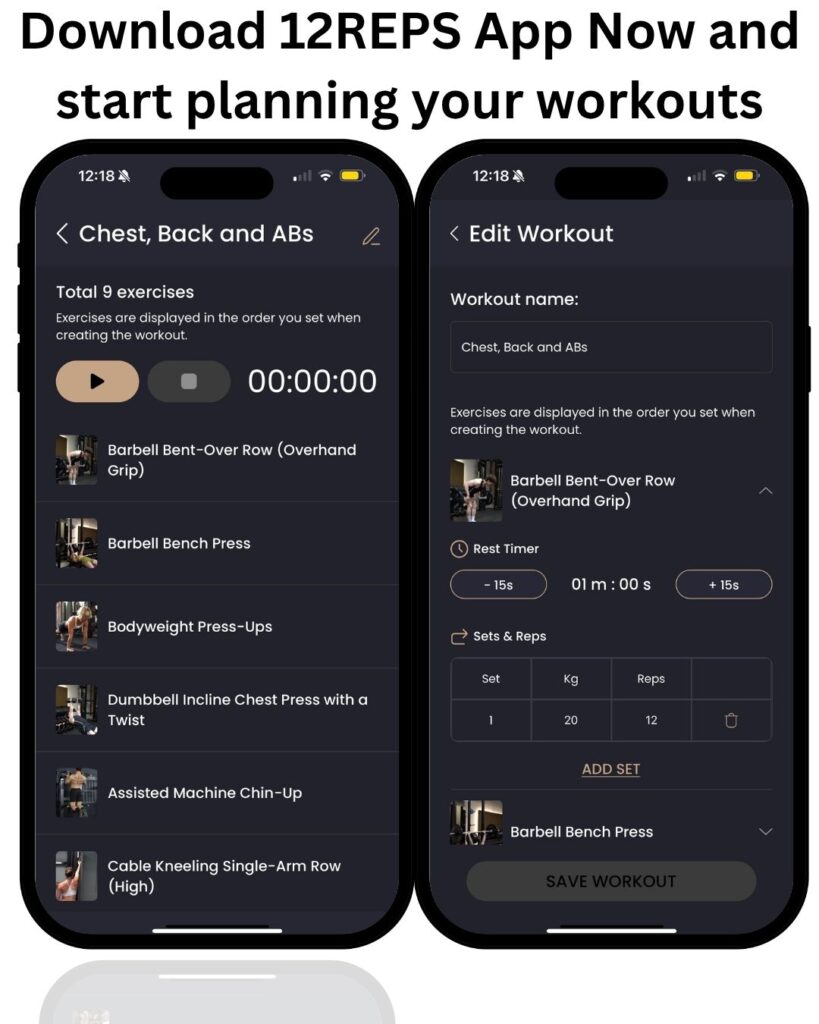
References
[1] Schoenfeld, B. J., et al. (2017). Strength and Hypertrophy Adaptations Between Low- vs. High-Load Resistance Training: A Systematic Review and Meta-analysis. Journal of Strength and Conditioning Research, 31(12), 3508-3523. https://pubmed.ncbi.nlm.nih.gov/28834797/
[2] Harvard Health Publishing. (2022, February 1). Building better muscle. https://www.health.harvard.edu/staying-healthy/building-better-muscle

